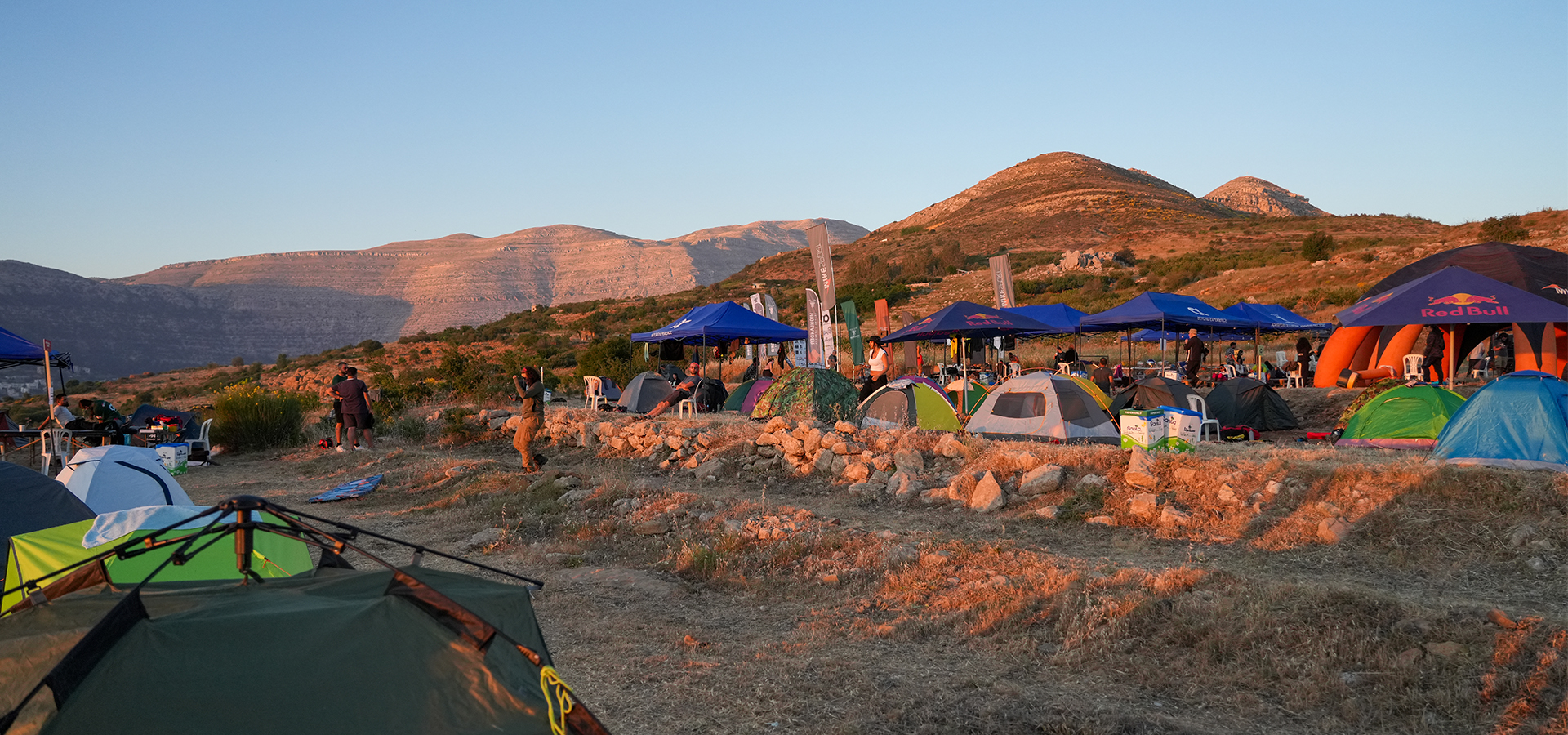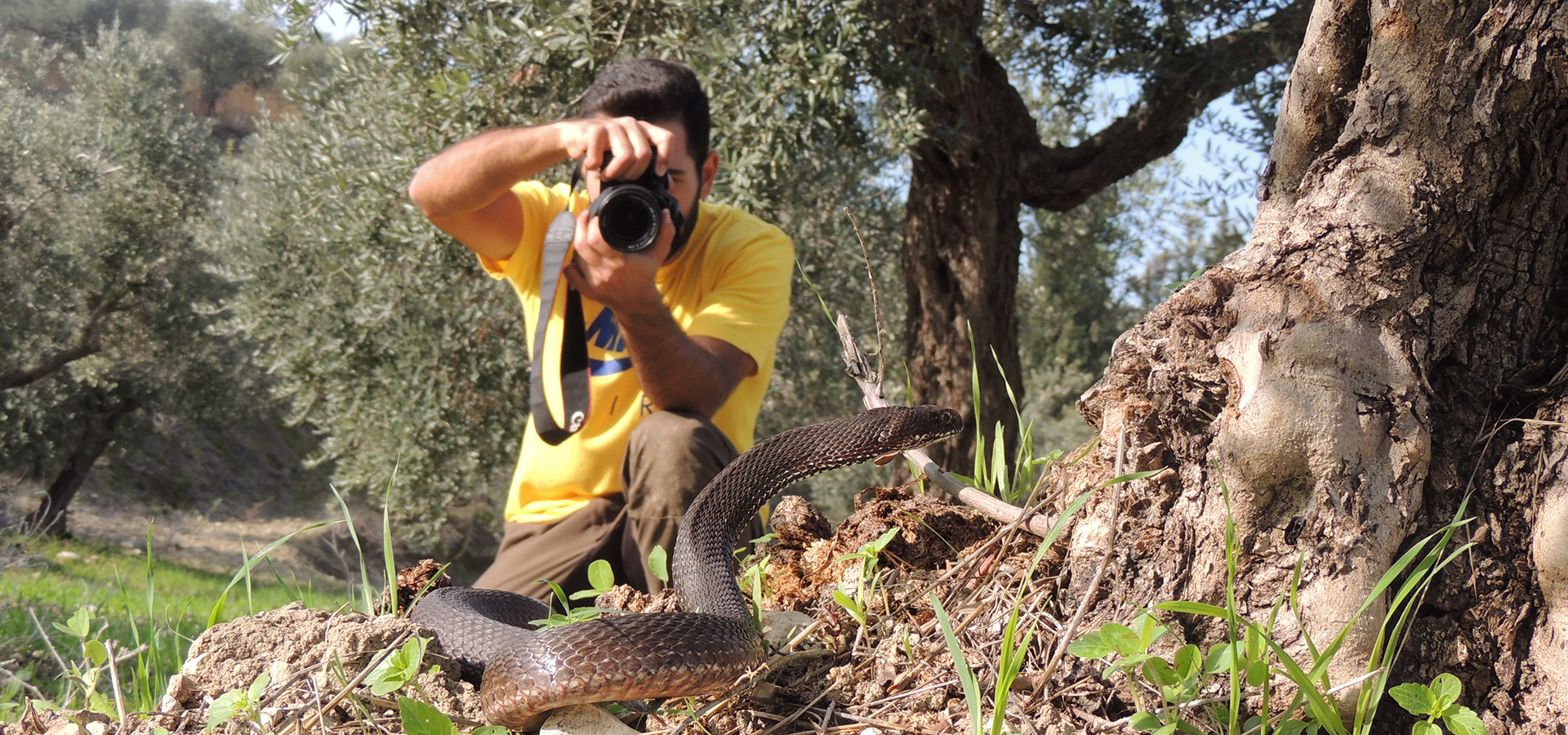
Spring is here.. “How to deal with a snake encounter?
- March 19, 2021
- 0
Cover Image: Rudy Moawad
Old myths, stories and even movies portray snakes as vicious monsters waiting for the right opportunity to attack or feast on humans. And just like any other topic, bad reputations tend to spread fast and become hard to contradict.
Many environmentalists and conservationists describe snakes as one of the most misunderstood species on this planet. And the term “misunderstood” highlights two very important matters: understanding the general behavior of these creatures and knowing how to deal with them if ever encountered.
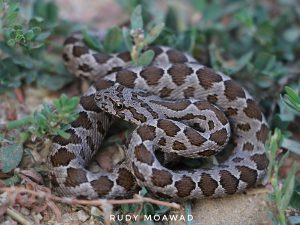
Understanding the general behavior of snakes doesn’t require special skills or deep scientific knowledge. After all, most people who encounter these beautiful creatures are not wildlife experts.
Snakes feed mainly on smaller creatures like rodents, lizards and even other snakes. But how do snakes react when they see humans?
Like most wild animals, their first reaction is to hide from plain sight, making sure they are safe from any possible danger.
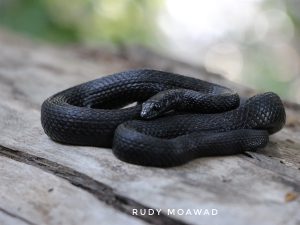
It is important to point out that most snake species in the world and in Lebanon are non-venomous.
But even venomous snakes use their venom mainly for killing or paralyzing their prey, and do not view humans as a food source.
In addition, many venomous snake species may look like non-venomous ones so always ask an expert before getting too close.
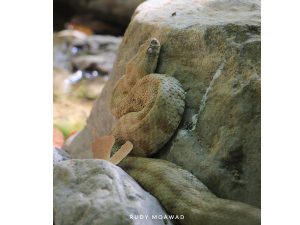
How should someone react if they encounter a snake?
Well the safest way for both humans and animals is to keep a safe distance and wait for them to hide or leave the site. Even if the encounter is at a close range, snakes are triggered by sudden movements around them, so staying calm and steady is the best way to deal with this kind of situation until it’s safe to move. And while most snakes are found in the wild, some may show up in or around our houses, so for your safety and theirs do not attempt to kill them, instead you
can contact Herping Lebanon and they will interfere and relocate the wild animal safely.

In conclusion, snakes like all lebanese wild animals don’t have any intentions to hunt or harm humans, but they do get triggered if tampered with. So always keep a safe distance from any wild animal and remember that it’s their planet too and we need them to live in a healthy and balanced environment.
Special thanks to Ramy Khachab – Herping Lebanon
Prepared by: Rudy Moawad







